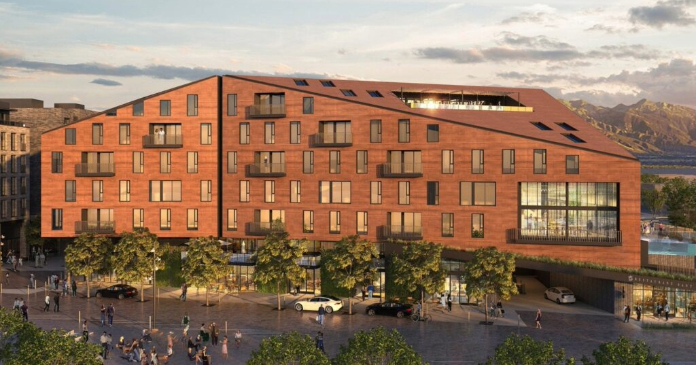Yardi Matrix released its September 2020 report on the multifamily rental housing market. The report shows a wide variation in rent growth results for different metro areas but flat rents for the country as a whole.
Rents flat for the month, down for the year
The nationwide average rent in September was unchanged from the level reported in August, coming in at $1463 per month. On a year-over-year basis, average rents in September fell, with a decline of 0.3 percent, matching the declines for the last two months.
For reference, the Bureau of Labor Statistics (BLS) reported that the CPI for all urban consumers rose 1.4 percent over the 12 months to September. The shelter portion of the CPI was up 2.0 percent in that time.
The BLS also reported that average weekly earnings for private sector employees rose in September to $1,022.61, up 4.3 percent from August on an annualized basis. Average weekly earnings in September were up 5.6 percent from their year-earlier levels. Weekly earnings reports have been roiled by the changing makeup of the labor force due to the COVID-19 lockdowns. Lower paid workers have been disproportionately impacted by job losses, which affects the average earnings figures.
Annual rent growth leaders shuffled
The Yardi Matrix report focuses on the 30 largest metro areas and ranks them both by average rent growth over the last 12 months and also by rent growth in two sub-classes of apartments. These are the “renter by necessity” (RBN) class and the “lifestyle” (renter by choice) class. Because of the way the markets have been impacted by the different government responses to COVID-19, recent reports have also included data on month over month rent changes.
The top five major metro areas for rent growth in September were the same five as in the last two month’s reports, although the order was again rearranged a bit. The report identifies the top five as Inland Empire (3.4 percent), Sacramento (3.1 percent), Phoenix (3.1 percent), Indianapolis (2.8 percent), and Kansas City (2.7 percent).
The major multifamily housing markets with the lowest average annual rent growth were also unchanged from the last report, although they also shuffled positions. They were San Jose (-6.0 percent), San Francisco (-5.8 percent), Austin (-2.9 percent), Boston (-2.9 percent), and Orlando (-2.5 percent).
Not surprisingly, the top three metro areas for rent growth were the only ones on the list to experience gains in occupancy over the last year. Four of the bottom five metro areas for rent growth were also the ones seeing the greatest declines in occupancy.
The top five major metro areas for month-over-month rent growth in September were Phoenix, Las Vegas, Inland Empire, Charlotte and Atlanta. For the second month in a row, none of the top five cities by this measure were in the top five last month, showing the volatility of the monthly figures.
Rents in the workforce housing (RBN) portion of the multifamily housing market again held up better in September than did the lifestyle portion of the market. Rents in the RBN portion of the market were up by 0.6 percent over the last 12 months, compared to a 1.5 percent decline in rents seen in the lifestyle product class.
Employment is still the key
As for last month’s report, the Yardi Matrix September report focused on the employment situation. While the unemployment rate fell to 7.9 percent in the latest report from the BLS, this is not only due to more people having jobs, but also to fewer people participating in the labor force. The labor force participation rate in September fell to 61.4 percent, down 0.3 percent on the month. The BLS reported that the number of unemployed persons fell by 1 million to 12.6 million in September. However, this figure is still 6.8 million higher than the number of unemployed persons reported in February, before the COVID-19 inspired lockdowns began.
Separately, the BLS reported the total number of employed people in the US in September to be 141.7 million, down about 9.7 million (6.4 percent) from the year-earlier level.
Staying on the employment theme, the Yardi Matrix report discussed some of the major layoffs or furloughs that have been announced recently. While the Disney layoffs are likely to impact Orlando and Orange County, many of the other layoffs will have a more diffuse impact across the country.
The complete report discusses some of the smaller multifamily housing markets. It has more information about the larger markets including numbers on job growth, completions of new units and occupancy rates. It also includes charts showing the history of rent changes in 18 of the top 30 markets over the last 4 years. It can be found here.













